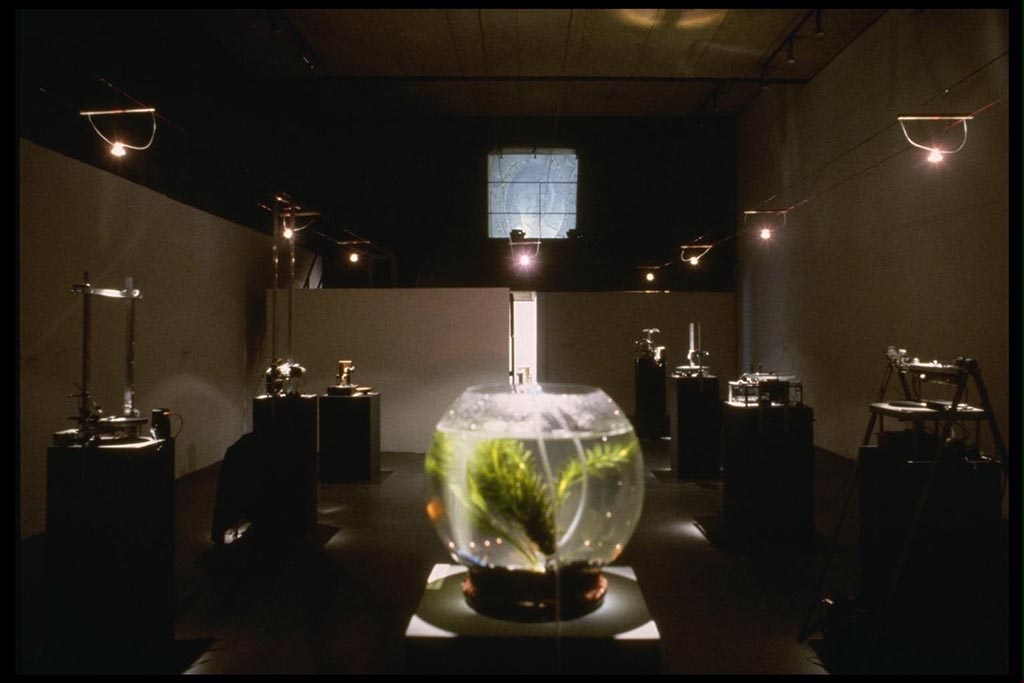

We have already explained that in the spark system of wireless telegraphy the electric vibrations in the aerial wire are created by the discharge of a capacitor across a spark gap. There is a fourth method for creating continuous waves of steadily increasing importance, called the valve method, which has developed out of an invention made by the author in 1904 of the oscillation valve for the detection of electric waves. Fleming does not mention that at the time of making his invention he wrote to Guglielmo Marconi telling him about it and adding, as an afterthought, 'I have not mentioned this to anyone yet as it may become very useful'. The article below was written a good while after the events described, in about 1921. The following account by Professor Fleming himself, extracted from his book 'Fifty years of electricity' published by Wireless World, shows how he saw the possibility of using the Edison effect for the particular requirement of detecting oscillations in wireless telegraphy receivers. It would be rash to attribute the birth of electronics to any particular device, but there is no doubt that Fleming's diode ushered in the thermionic valve era and, as distinct from earlier scientific work on electrical discharges through gases and vacua, was invented for a practical purpose in communications technology.


The front cover of the November 1979 edition of Wireless World is a reference to the fact that in that year is the 75th anniversary of the invention of the thermionic diode, for it was on November 16, 1904, that Fleming filed his patent for 'a two-electrode valve for the rectification of high-frequency alternating currents'.

The Origin of the Valve John Ambrose Fleming Obituary John Ambrose Fleming (1849-1945)Ī replica of an early experimental Fleming Diode.


 0 kommentar(er)
0 kommentar(er)
